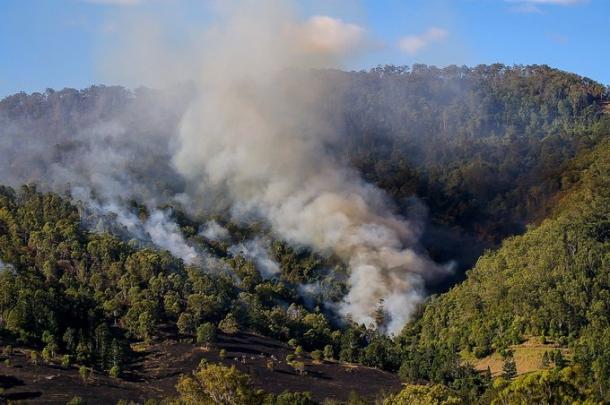Indonesia’s weather agency has said that the country will face its driest weather since 2019 next year in a forecast released on Thursday, citing the weakening of the La Nina pattern.
As the trend of the past three years also suggested a heightened risk of earthquakes and tsunamis, the BMKG agency warned less rain could increase the risk of forest fires.
“Starting May until April 2023, it will be getting dryer compared to the past three years, so the risk of forest fire rises,” BMKG Director Dwikorita Karnawati told reporters.
According to her, the influence of La Nina, which refers to the cooling of ocean surface temperatures combined with winds and rains, will end around March 2023, causing lower rainfall.
Read also: Delhi govt to study the impact of jeans dyeing, washing units on environment
Thus, next year’s dry season could be similar to that in 2019, when more than 1.65 million hectares (4.1 million acres) of forests burned, she explained. The fires cost the country at least $5.2 billion in damage and economic losses, according to the World Bank estimates.
Indonesia’s environment ministry data showed that there have been some improvements as the country was able to limit the losses since 2019, with just over 200,000 hectares of forests and land burnt between January and November of this year.
In order to prevent forest fires, Dwikorita said BMKG along with the environment ministry would conduct weather modification in April or May. The term usually refers to cloud seeding – shooting salt flares to trigger rainfall in dry areas.
While droughts in major palm oil planting areas in 2019 also hit output that year, BMKG made no prediction on the impact of 2023 weather on crops.
Story was adapted from Reuters.
